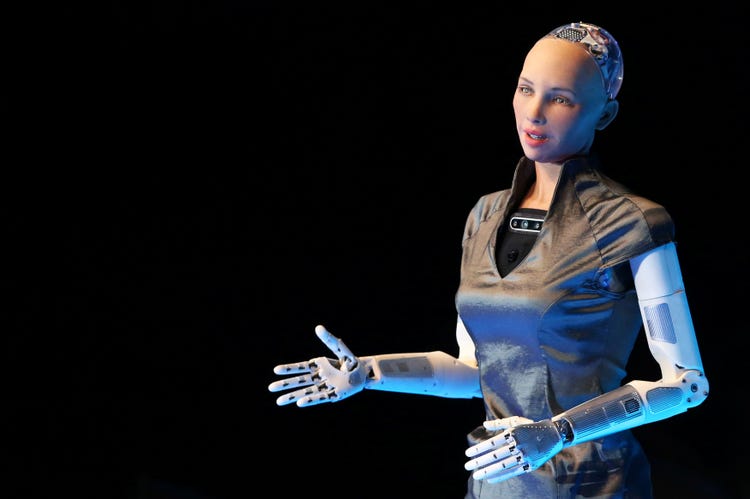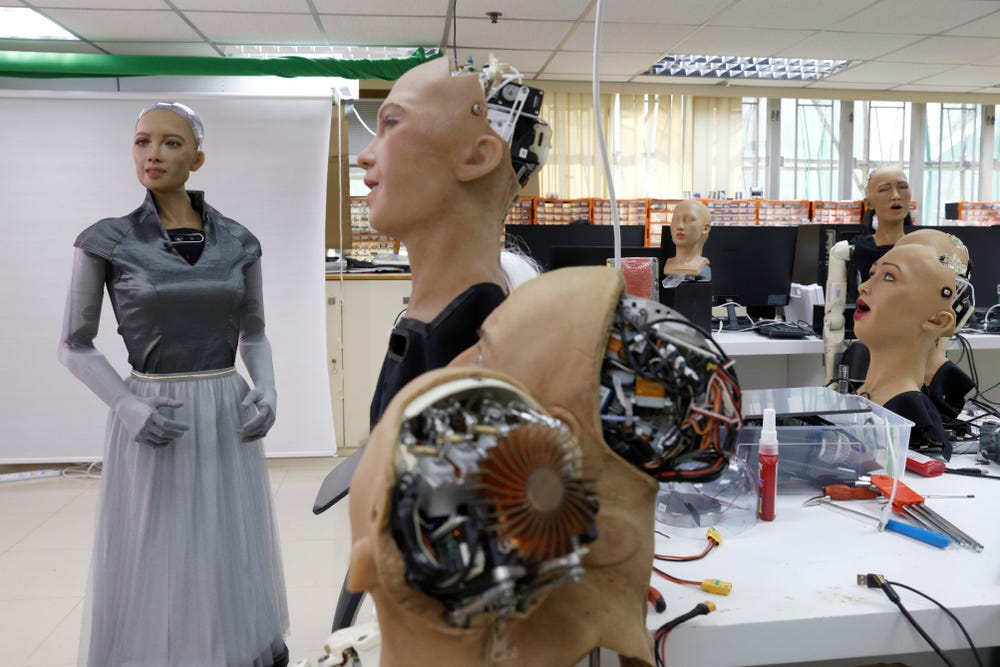Expect the Mass Rollout of Humanoid Robot Sophia in 2021

People will soon see more of the sophisticated and sassy humanoid robot Sophia from Hanson Robotics. In a recent announcement, Hanson Robotics revealed they would have a mass rollout of Sophia by the end of 2021.
Sophia said that social robots like her can take care of the elderly and the sick. She can aid in communication, provide social stimulation, and give therapy even if the situation is difficult.
The humanoid robot was often in the news since her debut in 2016. She is a personality that people see in different places as her creators bring her around for talks and interviews.
Hanson Robotics
The Hong Kong-based company has four humanoid robot models. According to the company, they will start rolling out Sophia in the first half of this year. This rollout follows the predictions of many researchers that the robotics industry will have new opportunities for growth amid the pandemic.
David Hanson, the founder and chief executive of Hanson Robotics, said that with the coronavirus likely to be around for a long time, automation will ensure people’s safety. He believes robotic solutions will be critical in healthcare. Likewise, many people-facing industries could use robots to assist their customers.
Hanson added the human-like robots were going to be useful during these trying times when many people are feeling socially isolated. Hanson also mentioned that his company intends to sell thousands of robots in varying sizes in 2021.
Johan Hoorn, a social robotics professor, worked with the developers of Sophia. He said that despite the technology being in the infancy stage, the relationship between humans and robots is likely to speed up because of the pandemic. Professor Hoorn teaches at the Hong Kong Polytechnic University.
Robots in healthcare
Using robots in the medical field is not new. Currently, five robots ensure better patient outcomes and a higher quality of care. Several hospitals have the da Vinci Surgical System. Xenex, the automated and portable robot disinfects hospital rooms in many facilities to prevent hospital-acquired infections (HAIs). There is also the Cyber Knife for delicate operations, while the TUG robots help ferry heavy hospital supplies.
PARO is a therapeutic robot that looks like a gentle baby harbor seal. The cute robot helps patients undergoing treatment for mental illnesses, including depression and other patients recovering from surgery.
With the coronavirus pandemic, several robotics companies help fight the outbreak. Pepper, from Softbank Robotics, helps detect people who do not wear face masks. CloudMinds of China has a robot-run field hospital in Wuhan during the outbreak.
Aside from Sophia, Hanson Robotics will launch Grace, which is specifically created for the healthcare sector. Grace will be the world’s first humanoid robot medical assistant. It can manage bio-data and elderly care.
Grace, Sophia’s sister, is a product of the joint venture of Hanson Robotics, Singularity Studio (an AI firm) for Awakening Health Ltd. The latter is already testing the alpha prototypes of Grace. The project leaders are AI pioneer, Dr. Ben Goertzel and Dr. David Hanson.
Sophia’s capabilities
Sophia is the most advanced humanoid robot of Hanson Robotics. It is a combination of engineering, artistry, and science. It can display many human like expressions. It can interact with people as it is specifically designed for education, research, entertainment and promotion of AI ethics and robotics’ future.
The humanoid robot is the first robot citizen, with Saudi Arabia conferring its Saudi Arabian citizenship in October 2017. A month later, Sophia became the first Innovation Champion of the United Nations Development Program.
The AI system of Sophia is robust, combining cognitive architecture, adaptive motor control, conversational, natural language processing, machine perception, and neural networks among others. With its underlying AI components that combine together in various ways, the humanoid robot can produce unique responses according to the given interaction or situation.
Through machine perception, Sophia can recognize human faces, different hand gestures and emotional expressions. It can estimate the feelings of the person during a conversation. Its various systems enable Sophia to adapt its walking style according to the terrain, control its locomotion strategy, gaze and hand movements.
Some people do not fully accept the capabilities of Sophia, calling the humanoid robot as nothing more than a chatbot with a face. You can mark it down as an excellent human achievement if the humanoid robot can take care of the sick and elderly during the pandemic. With people suffering from isolation and depression because of the health crisis, having someone that can give them compassionate help and engage them in conversation will bring immeasurable benefits.
